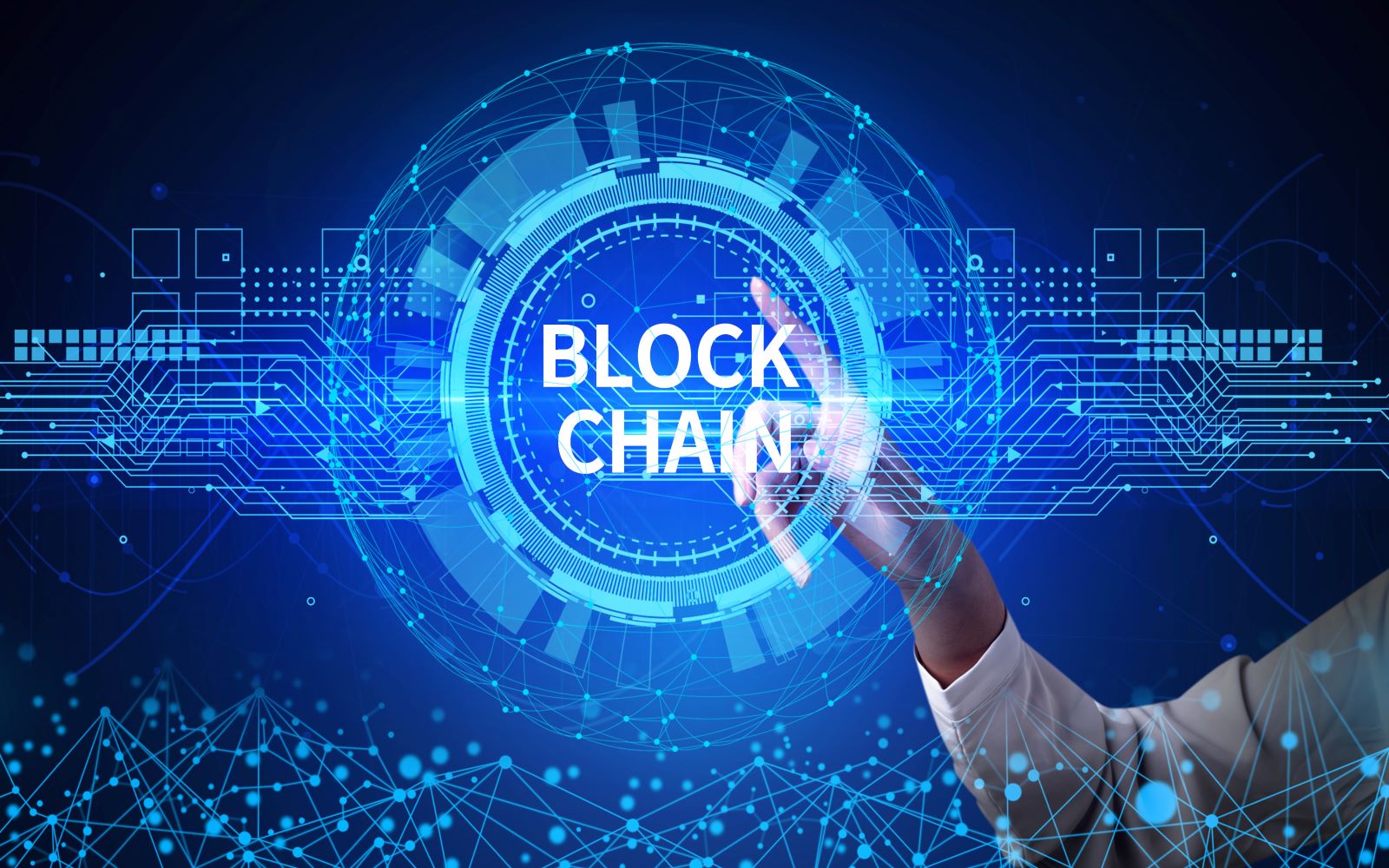Blockchain is a shared, immutable ledger that facilitates the process of recording transactions and tracking assets in a business network. An asset can be tangible (a house, car, cash, land) or intangible (intellectual property, patents, copyrights, branding).
A blockchain is a decentralized, distributed and public digital ledger that is used to record transactions across many computers so that the record cannot be altered retroactively without the alteration of all subsequent blocks and the consensus of the network.”

C++ is so popular for blockchain because of its multiple capabilities such as move semantics, primitive control over memory, advanced multi-threading, and other object-oriented features like function overloading, runtime polymorphism, etc.
Blockchain development refers to building, maintaining, and designing blockchain applications and systems. Overall, it seeks to use the unique features of blockchain technology to solve problems and create opportunities.
Miners create new blocks on the chain through a process called mining. In a blockchain every block has its own unique nonce and hash, but also references the hash of the previous block in the chain, so mining a block isn't easy, especially on large chains
Walmart's use of blockchain isn't just about speed; it's also about the ability to trace the origin of those mangoes and other products
Blockchain's unique characteristics address many business issues. Here are 10 important benefits of blockchain and examples of the industries that are taking advantage of them.
Blockchain's nature also can cut costs for organizations. It creates efficiencies in processing transactions. It also reduces manual tasks such as aggregating and amending data, as well as easing reporting and auditing processes. .